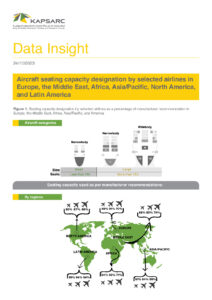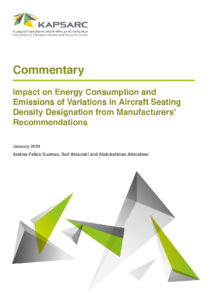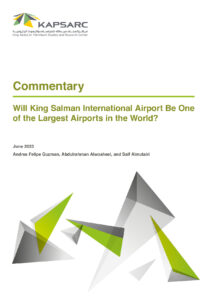
Aircraft seating capacity designation by selected airlines in Europe, the Middle East, Africa, Asia/Pacific, North America, and Latin America
Aircraft capacity utilization is one of the main factors in an airline’s productivity. It is also vital when analyzing both energy efficiency and greenhouse gas emissions (GHG) in the aviation sector per passenger. In fact, the energy consumption by passengers in aviation has enormous variations due to two main factors: a. the aircraft characteristics; and b. the occupancy rate—the maximum aircraft capacity used. Although airlines have different aircraft fleets with varying seating configurations, the aircraft are usually broken down into the following general categories: a. small narrowbody aircraft with 150 seats or less in a two-class configuration; b. large narrowbody aircraft with 151 seats or more in a two-class configuration; and c. widebody aircraft with a two-aisle configuration. In addition, flight length classification criteria can alter from one airline carrier to another with no global standard agreed on, but routes are typically categorized into long-, medium-, or short-haul; however, certain aircraft are well known as long-haul flight operators depending on the aircraft’s technical characteristics.
25th October 2023

